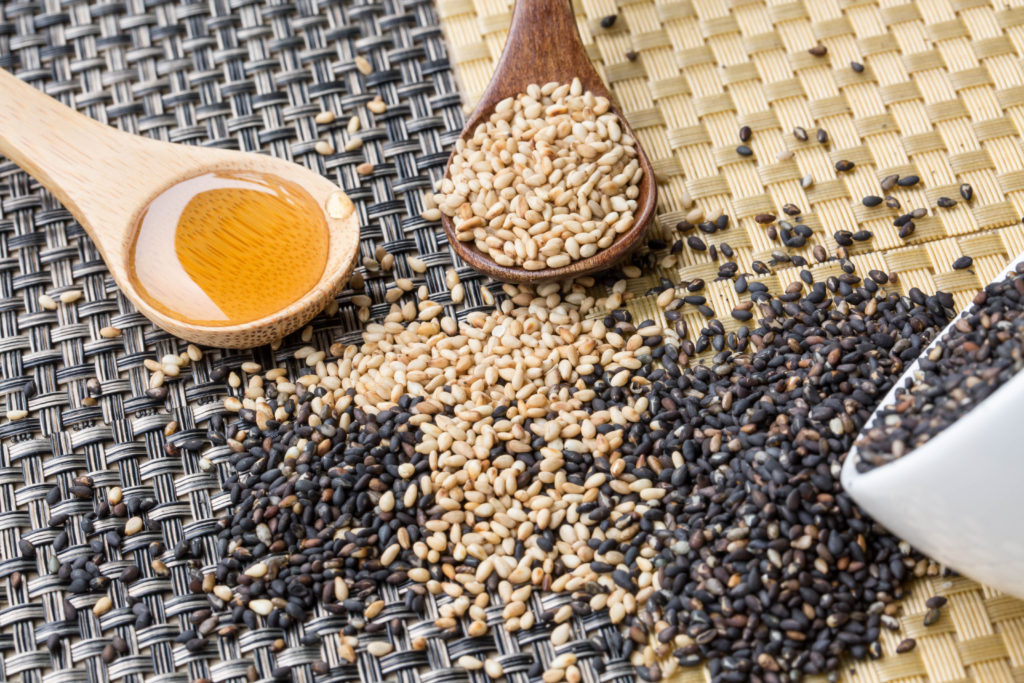

The main suppliers to Germany in 2021 were Nigeria, India, Guatemala, the Netherlands – as a trade hub – and Uganda (see Figure 6). In 2021, the net import was 30 thousand tonnes. Part of the imports is re-exported to neighbouring countries. Growth was particularly strong during the COVID-19 years. German imports of sesame seeds have grown by an average of 5% annually since 2017. Moreover, there is demand for sesame in Mediterranean and Middle Eastern products, which is in part driven by demand from large ethnic communities. This demand and the large consumer market make Germany the second-largest sesame importer in Europe. Sesame seeds are commonly used as topping for bread, bread buns and pretzels. Products with different grains and seeds account for 15% of the bread market and sesame is among the widely used seeds in baking. The bakery sector represents 9.7% of the value of the German food and beverage industry, according to Germany Trade & Invest (GTAI), Germany’s economic development agency. Germany has a large diversity of breads and high per capita bread consumption. Germany: sesame used in bakery sector, organic market thrives It produces a range of sesame products including tahini, sesame butter, halva and sesame bars for the domestic as well as export markets. One of Europe’s largest sesame processors is Haitoglou Family Foods. However, the maturity of the market with high levels of traditional consumption leaves little room for growth. Most sesame is consumed or processed locally, with processed foods also reaching export markets. This development is a sign of a fairly mature market. What makes Europe an interesting market for sesame seeds? Europe has a continuous and growing demandīetween 20, European sesame imports showed small but continuous annual growth, totalling 20% across the 5 years (Figure 2). Sesame oil has a comparatively small market in Europe compared with, for example, sunflower, rapeseed or olive oil. Source: Dutch Front Office Food and Product Safetyĭespite the relatively high oil content of sesame, Fediol reports that only around 7% of imported sesame seeds were crushed for oil extraction in 2020. Table 1: Percentages of sesame seeds in food products It is also used in the confectionery industry and on savoury snacks and crackers. It is especially a widely used ingredient in the important bakery sector in various European countries as a topping on bread, buns and pretzels (see Table 1 for content examples). Much of the sesame imported to Europe is used as a whole seed ingredient. Source: Wikimedia Commons – adjusted photo from Anna Frodesiak (public domain) The black varieties contain more minerals, vitamins and nutrients than the lighter coloured varieties. They are crispier and have a bitter-sweet flavour, while white sesame has a milder taste. The smaller black sesame seeds are primarily grown and used in Asia but are also increasingly reaching other markets. Mixed seeds are used for oil extraction or grinding into paste. Light-coloured seeds are often hulled, but also occur naturally and receive the highest prices.

The colour of the seeds varies from white, golden and yellow shades to dark brown and black. The characteristics differ between different sesame types in terms of look, taste and content. It produces small, flat seeds, about 3 to 4 millimetres long by 2 millimetres wide and 1 millimetre thick (Figure 1). The one-year crop is grown in tropical and sub-tropical climates in Asia, Africa and Latin America. Sesame ( Sesamum indicum) is one of the most ancient crops cultivated for its edible seeds.
#SESAME SEEDS CODE#
Sesame seeds (excluding for sowing) are traded under Harmonised System (HS) code 12074090. Sesame oil, which results from the crushing of sesame seeds, is not included. This study focuses on sesame seeds for direct use as a raw or whole seed or in food manufacturing (processing). Which trends offer opportunities on the European sesame seed market?.Which European countries offer most opportunities for sesame seeds?.What makes Europe an interesting market for sesame seeds?.


 0 kommentar(er)
0 kommentar(er)
